In our recent Owl Bundle User Group meeting, we explored the ranking of our 26 different trading strategies, focusing on identifying those that offer the best risk-adjusted returns, robustness, and consistency. This analysis is based on Dr. Ken Long's methodologies and was conducted using daily backtesting results from SPY, covering the period from January 1, 2010, to October 28, 2024. We utilized EdgeRater for backtesting and statistical analysis for a comprehensive evaluation of the results.
Key Metrics for Ranking
To rank the trading strategies, we considered multiple performance metrics, each providing a different perspective on the strength and reliability of a strategy:
Win Rate: The percentage of trades that resulted in a profit.
Profit Factor (PF): The ratio of gross profit to gross loss, indicating the overall profitability of the strategy.
Net Profit: Total percentage gain achieved over the backtesting period.
Profit/Max Drawdown (Profit/Max DD): Measures risk-adjusted return by evaluating how profit compares to the largest peak-to-valley drawdown.
FE25 (Final Equity at the 25th percentile): Represents return stability under varying conditions, giving a view of how the strategy performs in less favorable market states.
Expectancy: Average profit per trade, providing an indication of long-term profitability.
Double weighting was given to the Profit/Max DD and FE25 metrics, emphasizing risk-adjusted returns and consistency in the overall rank score.
Top-Ranked Strategies
Based on these metrics, several strategies stood out in terms of risk-adjusted returns, robustness, and adaptability. While we won't reveal the full rankings here, we found that strategies focusing on a mix of mean reversion and trend following, particularly those incorporating dynamic entry and exit mechanisms, consistently performed well. Strategies utilizing Keltner Channels and those adapting to volatility shifts showed notable effectiveness in different market environments.
Notable Findings
Volatility-Based Strategies and Trend Following: These strategies showed strong adaptability across diverse market conditions, excelling at capturing momentum and market shifts.
Mean Reversion Strategies with Dynamic Entry/Exit: The use of Keltner Channels for exit management proved effective, underscoring the value of adjusting strategy parameters in response to changing conditions.
Breakout Strategies: Breakout systems did not perform as well on SPY, indicating the need for refinement or potential avoidance of these setups for certain instruments.
Key Insights and Future Plans
Instrument Expansion: We plan to expand our testing beyond SPY to include sector SPDR ETFs and Dow 30 stocks. This expansion aims to assess whether our strategies can maintain their performance across different instruments.
Multi-Factor Analysis: Backtests will be conducted under various market conditions (bullish, bearish, and neutral) to evaluate the robustness and adaptability of the strategies. EdgeRater’s Multi-factor analysis will be used for this evaluation.
Correlation Analysis for Diversification: Building a library of non-correlated strategies is a key goal. Identifying strategies with low correlation will help in constructing diversified portfolios that enhance stability and reduce drawdowns.
The results from this meeting provide valuable insights into which of the 26 strategies are ranked higher relative to each other. It is important to note that these findings are based on backtesting and do not guarantee future performance. For those that are familiar with Dr Ken Long’s trading methodologies and are interested in detailed metrics and a deeper dive into the findings, we invite you to join our Owl Bundle User Group discussions and access the full recordings. For those not yet familiar, we recommend joining our Applied Systems Development course to gain a solid understanding of the terminologies and foundational concepts.

